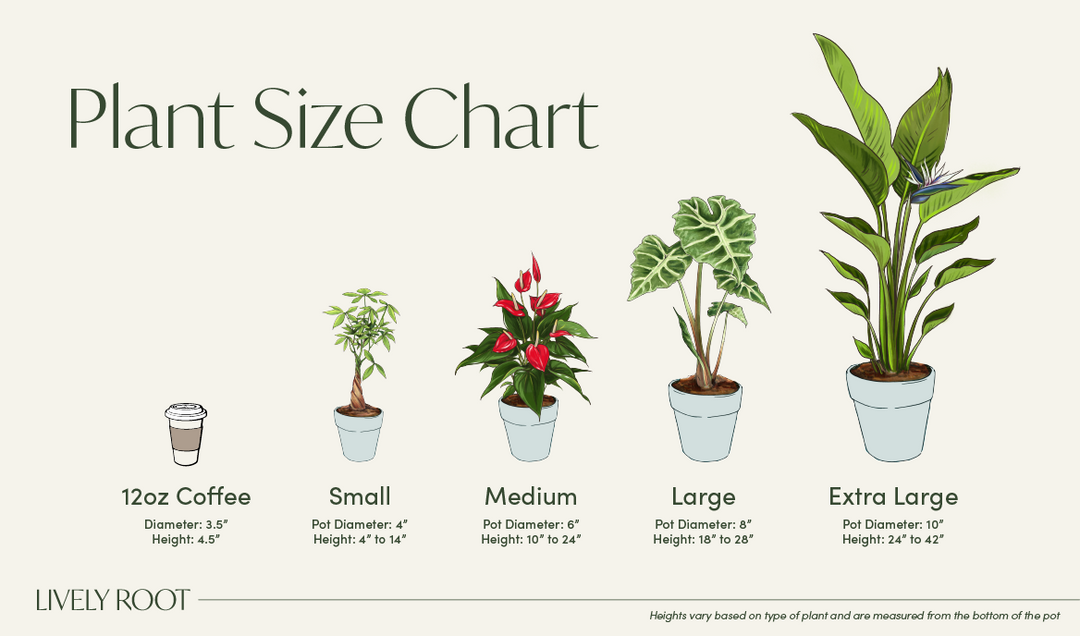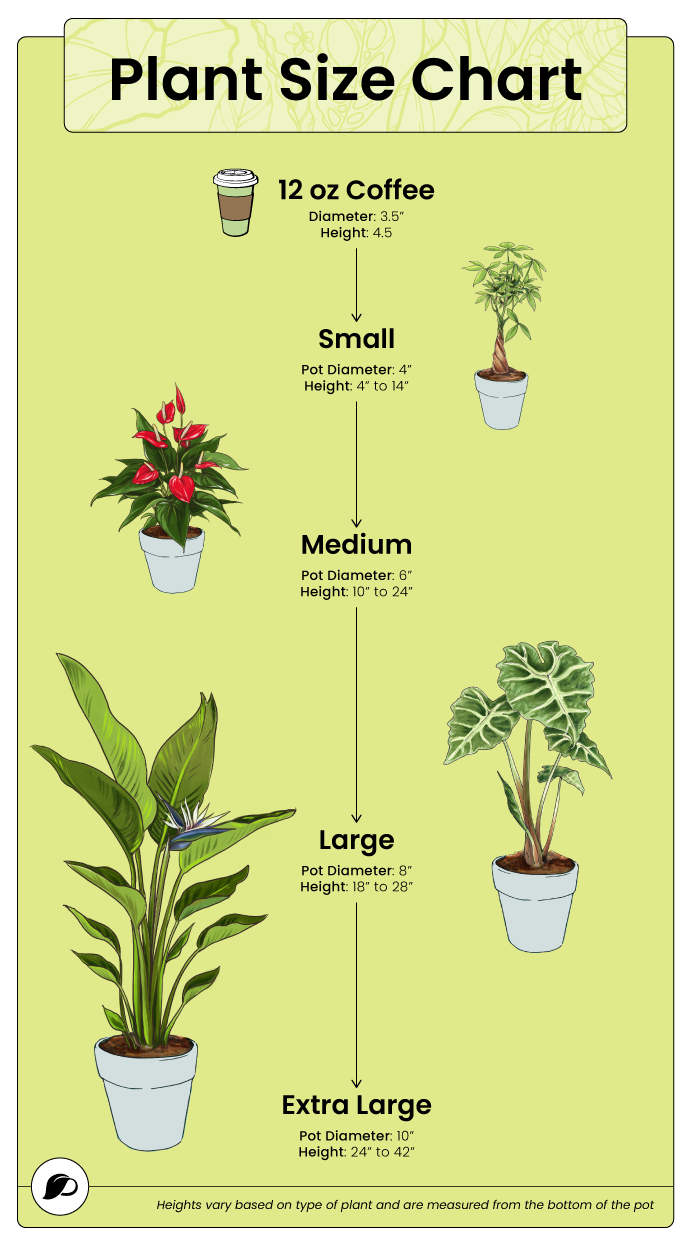It is sometimes challenging to conclude which end of an elephant ear bulb is the top or bottom end. When examining the bulb, one end is slightly gnarly with small divots. This end is the root end and goes downward in the soil. The opposite end of the bulb will be much smoother, with distinguished concentric rings around them. The sprout will emerge so that this end will be facing up. When you dig the hole, mix in some compost with the native soil and bulb fertilizer if the soil is compact. Mix it all well in a bucket together—Center the bulb in the middle of the hole and then water. Water before putting the soil back in. Plant the bulb in the ground with 50% showing above the soil surface. If growing in a planter container, use a well-draining potting soil with perlite to aerate the soil. Cut the leaves back and dig up in the fall before temperatures drop below 40°F. If you are in a cooler zone (3-8), remove the tubers from the soil with an inch of stem attached. Knock off all the soil and lay them on newspaper in a dry place for a week. Do not wet or wash the tubers. Sprinkle them with powdered sulfur to protect against fungi while they're in dormancy. Lay on a single layer screen or in a mesh bag so air can circulate around them. Store the tubers at 50°F-60°F.




